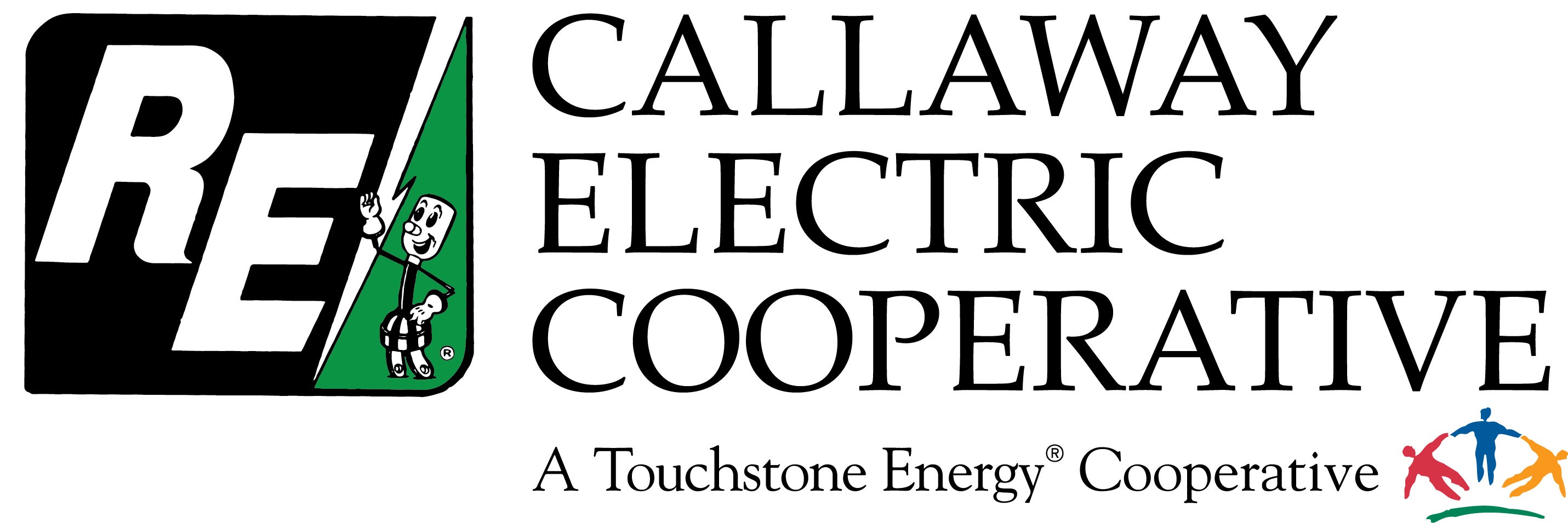
Energy Efficiency Savings for Members
by: Andy Kleindienst, Member Service Advisor
In an era marked by environmental awareness and a growing need for energy efficiency, homeowners and businesses are increasingly turning to renewable energy sources to reduce their carbon footprint and lower energy costs. The IRA 30% tax credit, in combination with cutting-edge technologies like de-superheaters and ground source heat pumps (GSHPs), provides an incentive for individuals and organizations to invest in energy efficient and eco-friendly solutions.
The Investment Tax Credit (ITC) for Renewable Energy, commonly referred to as the IRA 30% tax credit, is a federal incentive designed to encourage the adoption of renewable energy systems. Under this program, homeowners and commercial property owners can claim a tax credit equal to 30% of their investment in qualifying renewable energy projects. Of the different types of eligible projects, a GSHP is one that can offer Callaway Electric members significant savings.
GSHPs are not only the most efficient heating and cooling system on the market, but they also feature a component known as a de-superheater. De-superheaters work by recovering waste heat generated during the cooling cycle of these systems and redirecting it for various applications, such as heating water. This process significantly improves the overall efficiency of the system while reducing the energy needed to heat water, thus lowering utility bills. Here are a few reasons why you should consider de-superheaters paired with a GSHP:
Lower Energy Bills:
GSHPs are known for their remarkable efficiency, and de-superheaters further enhance this by making use of waste heat for water heating. The result is lower energy consumption and, consequently, reduced energy bills.
Long-Term Financial Gains:
The IRA 30% tax credit along with Callaway Electric’s $850/ton rebate significantly offsets the initial investment in a GSHP. This upfront cost reduction, combined with ongoing energy savings, contributes to long-term financial gains. In many cases, the combination of the tax credit and rebate will be less expensive than going with a traditional heat pump.
Environmental Stewardship:
GSHPs generate no direct greenhouse gas emissions, and use the solar energy stored in the earth to transfer heat in and out of your home. Additionally, waste heat during the summer months is utilized to heat water and significantly cut down your energy consumption.
Reduced Maintenance Costs:
GSHPs are recognized for their durability and require less maintenance compared to traditional heating and cooling systems. Fewer breakdowns and repairs lead to additional long-term savings. The IRA 30% tax credit, de-superheaters, and GSHPs provide an opportunity to make substantial financial gains while actively contributing to a more sustainable and efficient energy future. For additional information, please don’t hesitate to give me or Clay Carroll in our member services department a call at 573-642-3326 or visit callawayelectric.com/ground-source.
